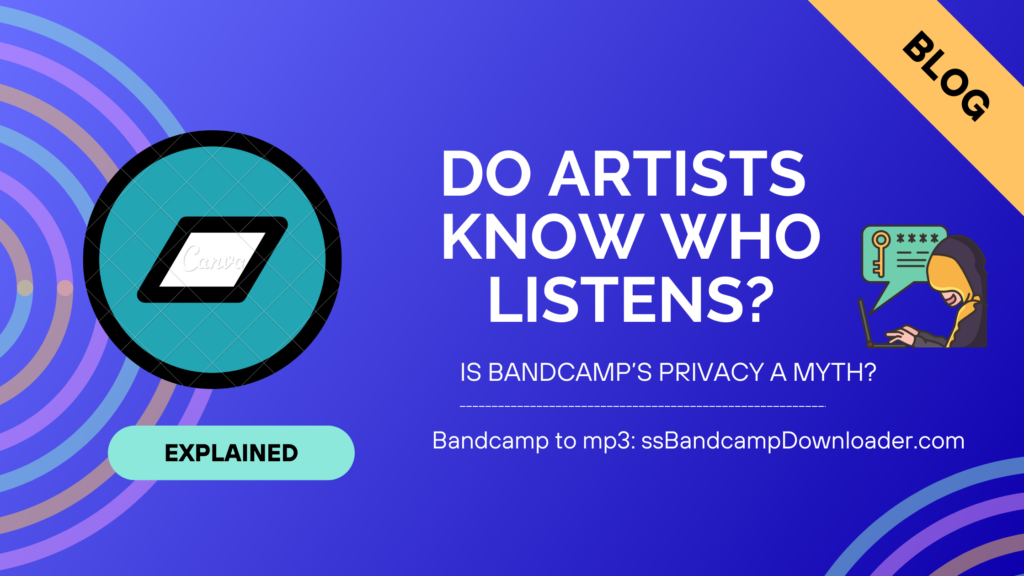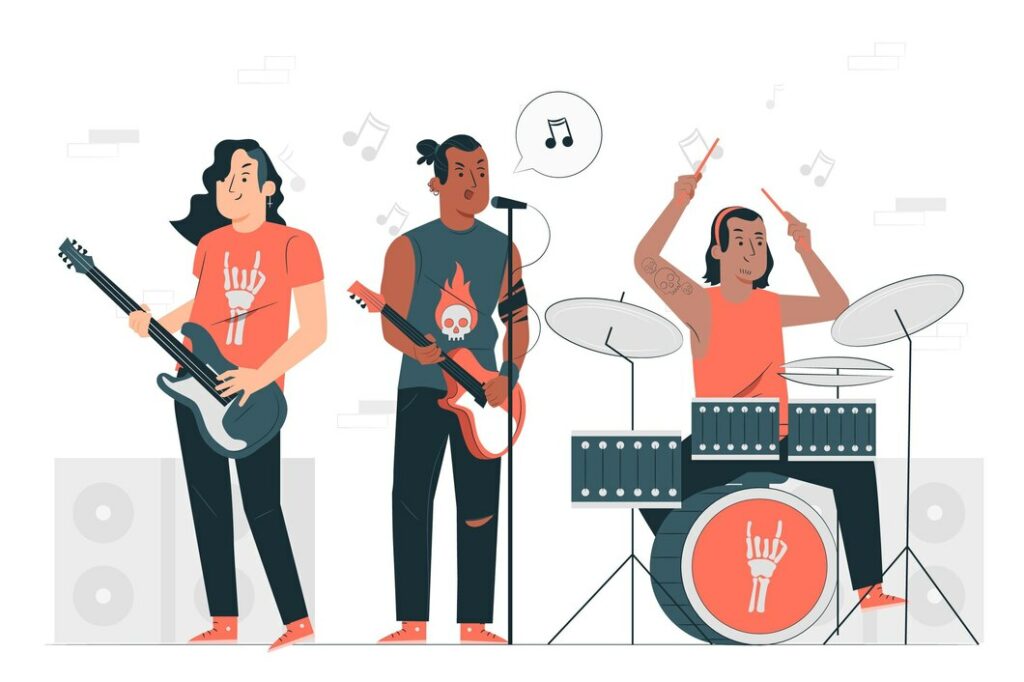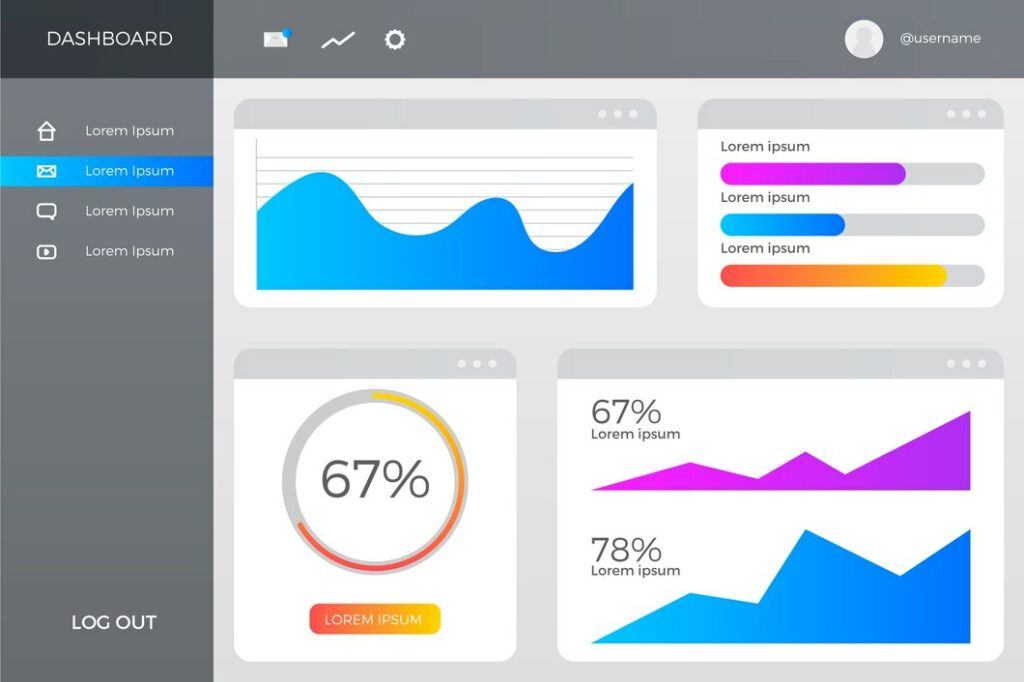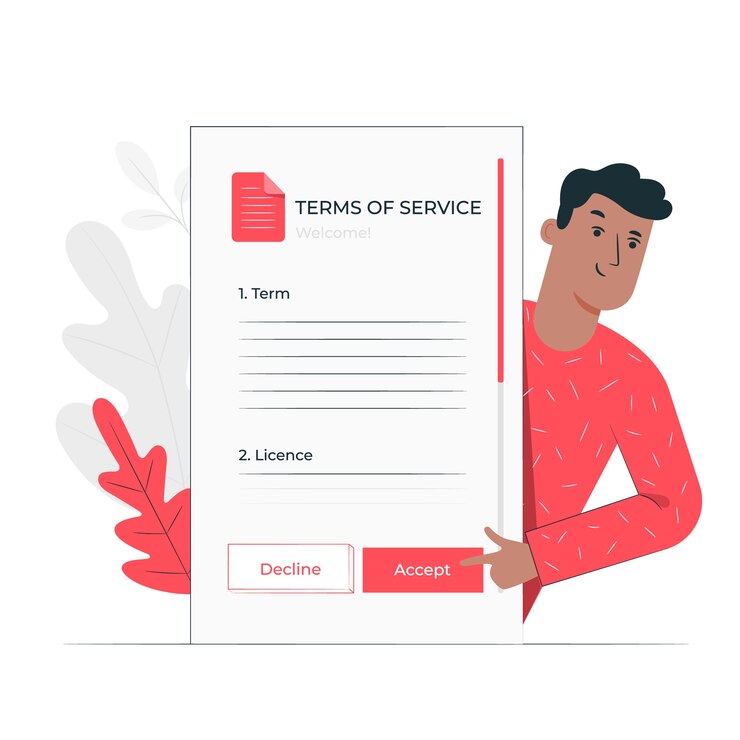Bandcamp is a unique platform in the world of music streaming and distribution. It offers independent artists a direct connection with their audience. Yet, it raises an intriguing question: Can Bandcamp artists see who listens to their music?
In a world where digital platforms often blur the lines between data transparency and user privacy, it’s important to understand how Bandcamp approaches this aspect.
This article explores the transparency and privacy features of Bandcamp, shedding light on what artists can and cannot discern about their listeners. Let’s delve into the specifics to find out how this music platform maintains this delicate balance.

The Transparency of Bandcamp
In the realm of music streaming and distribution, Bandcamp stands as a distinctive platform that operates on principles of transparency. This sets them apart from more mainstream competitors.
Unlike many other music platforms, Bandcamp allows artists a direct and personal connection with their audience. This unique approach to music sharing naturally raises the question: Can Bandcamp artists see who listens to their music?
Bandcamp’s transparency is rooted in its commitment to maintaining a clear distinction between public and private information. While other platforms often blur these lines, Bandcamp has a more straightforward approach.
Publicly, Bandcamp provides artists and listeners with a range of statistics and data that are accessible to anyone who visits an artist’s page. These public insights include the number of plays, downloads, and comments. Artists can see who engages with their work in a general sense, offering a snapshot of their audience’s activity.

These publicly available statistics are crucial for artists, serving as a source of motivation and feedback. They provide a sense of connection, as artists can observe the impact of their work and gain valuable insights into their audience’s preferences and engagement.
However, this public data is far from comprehensive, and it doesn’t reveal the individual identities of listeners. Bandcamp maintains a clear boundary between what is accessible to the public and what remains private.
The private fan data is where the line is drawn. Bandcamp protects the privacy of its users, and artists do not have access to specific, personally identifiable information about who listen to their tracks. This separation is a core part of Bandcamp’s privacy policy, ensuring that user data remains confidential.
In essence, while artists can glean valuable public insights into their music’s performance, they are not privy to the private information of their listeners. Bandcamp strikes a balance between providing artists with meaningful data and upholding the privacy rights of its users. This approach distinguishes it from many other music platforms and highlights its commitment to both transparency and privacy.
Public Statistics on Bandcamp

Bandcamp’s transparency extends to the public statistics it offers to artists and visitors on the platform. These public insights provide a valuable overview of an artist’s performance and audience engagement, helping them gauge the impact of their music.
- Plays and Downloads: Artists on Bandcamp can easily access statistics on the number of plays and downloads their tracks receive. This information is essential for artists. It offers a glimpse into how their music is being received by the audience. These numbers can serve as a source of motivation and can help artists understand which tracks are resonating with their fans.
- Comments and Interactions: Another dimension of public statistics on Bandcamp includes the comments and interactions that users leave on an artist’s page. Artists can see what fans are saying about their music, fostering a sense of community and connection. This feedback loop allows artists to engage with their audience and respond to their comments.
- Followers: Bandcamp also provides data on the number of followers an artist has. This metric indicates the size of an artist’s fan base and offers insight into how their popularity is growing over time. It’s a helpful indicator for artists to understand their reach and influence on the platform.
- Track and Album Popularity: Artists can view which of their tracks and albums are the most popular based on plays and downloads. This information can help artists tailor their future releases and promotional efforts to cater to the preferences of their audience.
These public statistics on Bandcamp serve as a valuable tool for artists to assess their performance and audience interaction. They offer insights into the visibility and reception of an artist’s work, ultimately contributing to the platform’s unique and artist-friendly ecosystem. However, it’s important to note that these public insights do not breach user privacy, as they do not reveal the identities of individual listeners. This keeps a clear boundary between what is publicly available and private on Bandcamp.
Private Fan Data
Bandcamp’s approach to protecting user privacy is a fundamental aspect of its platform, and it extends to how they handle the private of fans.
While artists can access certain public statistics about their music’s performance, they are not granted access to personally identifiable information about individual listeners. This division between public and private data is crucial for maintaining user privacy.
- Fan Privacy: Bandcamp is committed to safeguarding the privacy of its users. This means that artists on the platform do not have access to the specific, personal information of their fans. This privacy policy aligns with the principles of data protection and is designed to ensure that user data remains confidential and secure.
- Anonymous Listening: When someone listens to music on Bandcamp, they can do so anonymously. This means that, by default, their identity is not disclosed to the artists. Users have the freedom to explore and enjoy music without the fear of their listening habits being exposed to artists.
- Data Aggregation: Artists can see aggregate statistics, such as the number of plays and downloads. These data points are presented in a way that protects the anonymity of individual listeners. Bandcamp ensures that these statistics are anonymized and aggregated to prevent the identification of specific users.
- Consent-Based Interaction: Bandcamp respects the importance of user consent. If a user decides to interact with an artist, such as by following them or leaving comments, they are consciously choosing to engage in a more public manner. In such cases, their actions are visible to the artist within the bounds of the platform’s design.
In summary, Bandcamp maintains a clear separation between public data, which artists can access for insights into their music’s performance, and private fan data, which remains confidential and anonymous. This approach is grounded in a commitment to user privacy and data protection. It ensures that Bandcamp provides a secure and respectful environment for both artists and listeners.
Consent and Transparency

Bandcamp places a strong emphasis on consent and transparency, ensuring that users have control over their interactions and data sharing on the platform. This approach aligns with the principles of user privacy and data protection.
- User Consent: Bandcamp is careful to ensure that user interactions with artists are consent-based. When users choose to follow an artist or leave comments, they are actively deciding to engage in a more public manner. This means that their actions, while still respecting privacy boundaries, are made with their consent and knowledge.
- Privacy Controls: Bandcamp provides users with a range of privacy controls. Users can customize their profiles and adjust their privacy settings to determine how much of their activity is visible to others. This control allows users to maintain their desired level of privacy while still participating in the Bandcamp community.
- Clear Privacy Policy: Bandcamp’s privacy policy is transparent and accessible. It outlines how user data is handled, what information is kept private, and how data is used on the platform. Users can easily review this policy to understand how their information is managed.
- Anonymous Listening: Bandcamp allows users to listen to music anonymously. This means that users can explore and enjoy music without revealing their identities to artists. It’s an essential feature for those who value their privacy while using the platform.
- Data Protection: Bandcamp follows best practices for data protection. User data is stored securely, and the platform is designed to prevent the exposure of personally identifiable information to artists. This commitment to data security is crucial for maintaining user trust.
Bandcamp’s approach to consent and transparency ensures that users have the autonomy to decide how they engage with artists on the platform. It upholds the principle of privacy while still providing a vibrant and interactive space for music enthusiasts. This balance distinguishes Bandcamp from other platforms and showcases its commitment to user rights and data protection.
Artists’ Perspectives

Understanding artists’ perspectives on what they can see and how they interpret the available data on Bandcamp is essential to comprehending the platform’s unique appeal and challenges. Here, we explore what artists think about their insights on the platform and the limitations they encounter.
- Valuable Insights: Many artists find the public statistics provided by Bandcamp to be invaluable. These insights offer a direct view into how their music is performing, which tracks are resonating with their audience, and how their fan base is growing. This information empowers artists to make informed decisions about their music and promotion.
- Motivation and Connection: Public statistics, such as the number of plays, downloads, and comments, serve as a source of motivation. Artists can witness the impact of their work and feel a sense of connection with their audience through these interactions. They can directly engage with fans through comments and messages, fostering a supportive and engaged community.
- Limited Personal Information: Artists appreciate the privacy boundaries Bandcamp maintains. While they can access public statistics, they do not receive specific, personally identifiable information about individual listeners. This respects the privacy of their fans and maintains a level of professionalism and respect.
- Challenges in Audience Understanding: Some artists may find it challenging to truly understand their audience. It is due to the anonymous nature of listening on Bandcamp. While they can see the data in aggregate, they do not have the same depth of information about their fans as they might on other platforms with more extensive user data.
- Respect for User Privacy: Artists often respect the privacy of their listeners and recognize the importance of maintaining clear boundaries. They understand that Bandcamp’s privacy policy is in place to protect user data and create a safe and respectful environment for both creators and listeners.
Conclusion
In conclusion, the question of whether Bandcamp artists can see who listens to their music reveals a delicate balance between transparency and privacy. Bandcamp’s commitment to user data protection and consent-based interactions stands out in the digital music industry.
While artists have access to valuable public statistics that offer insights into their music’s performance and audience engagement, they do not breach user privacy by accessing personally identifiable information.
This approach distinguishes Bandcamp as a platform that values both the creative needs of artists and the privacy rights of listeners. It remains a unique and artist-friendly space where music thrives within the boundaries of respect and professionalism.
FAQs
No, Bandcamp artists cannot see the identities of individual listeners. They can access public statistics about their music’s performance, but personally identifiable information is not provided to artists.
Yes, Bandcamp respects user privacy. You can listen to music on the platform anonymously, and your identity is not disclosed to artists by default.
Artists can access public statistics, including the number of plays, downloads, comments, and follower counts. These insights help them gauge their music’s performance and audience engagement.
Interactions on Bandcamp, such as following an artist or leaving comments, are generally visible to the artist, but they do not reveal personally identifiable information about you.
Bandcamp has a privacy policy that outlines how user data is handled. It offers privacy controls for users, anonymized data for artists, and follows data protection best practices to safeguard user information.
